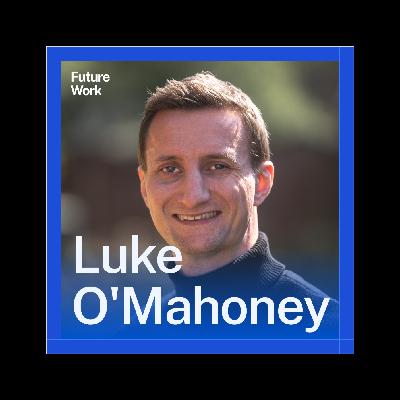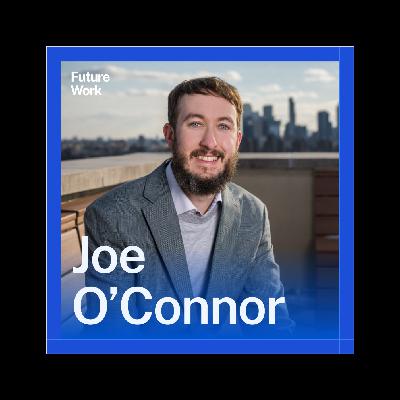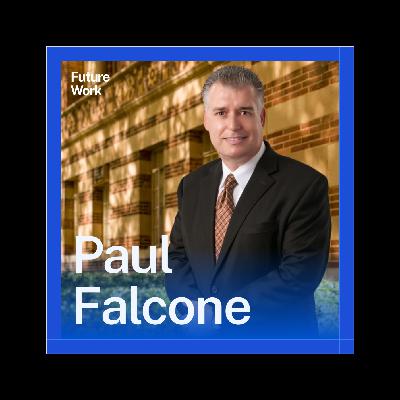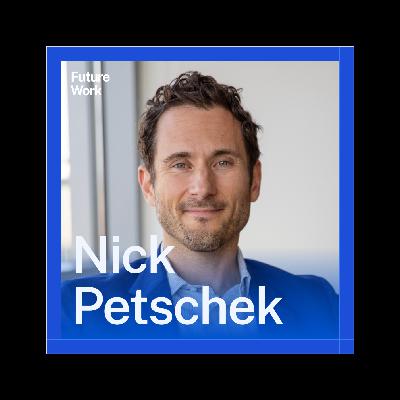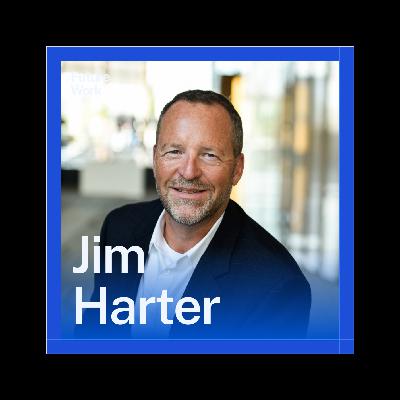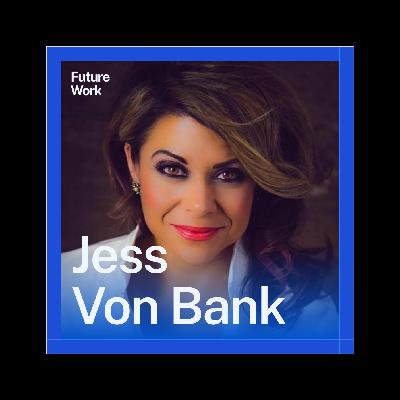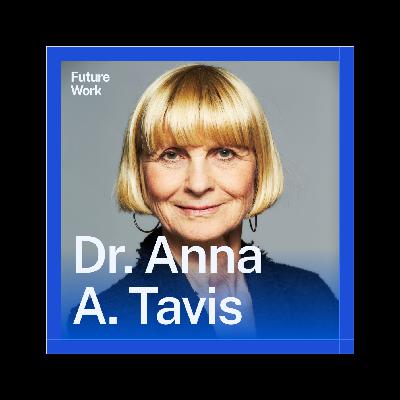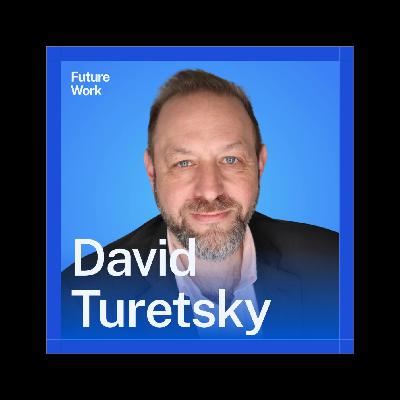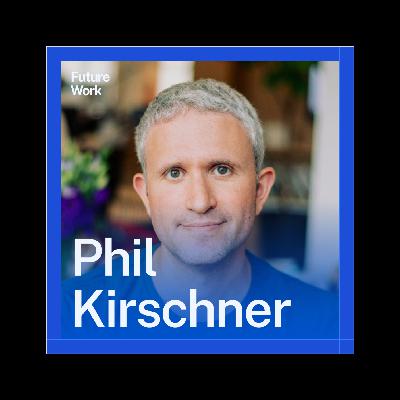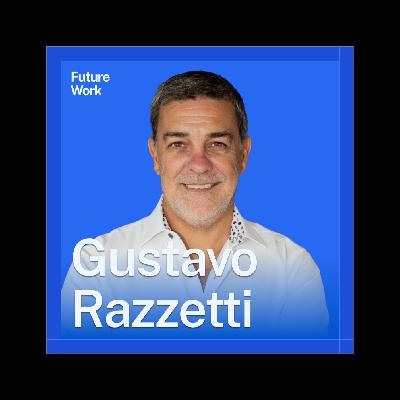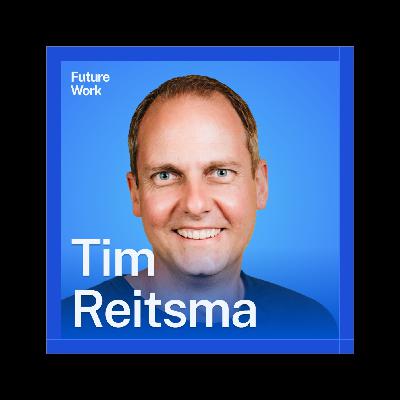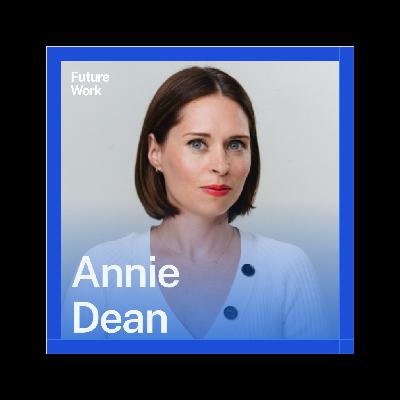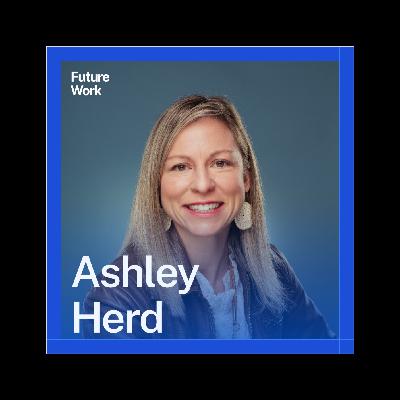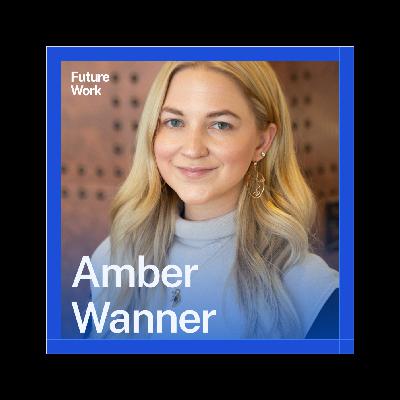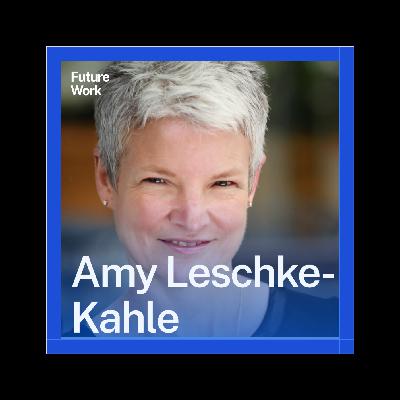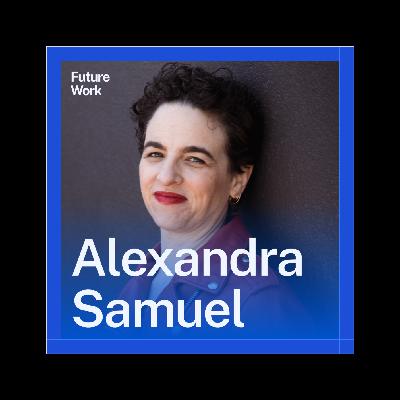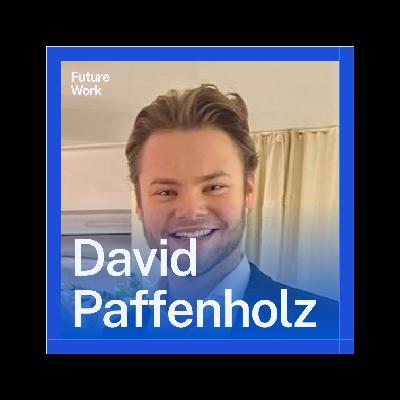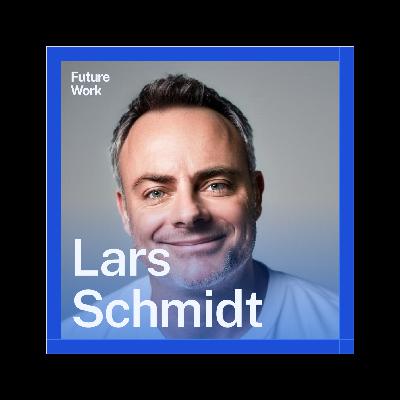Employees as Customers: Designing Unified People Experiences
Description
This episode of Future Work is brought to you by Tactic: https://www.gettactic.com/work.
Tactic is the #1 rated space logistics platform used by customers such as Microsoft, Redbull, the UN, and Northwestern University to create order out of the chaos. Tactic has a 100% customer satisfaction score on G2 because it was built from the ground up with the end user in mind. It’s an all-in-one solution for hot desking, room reservations, and visitor management.
Visit Tactic today to unlock the power of hybrid work: https://www.gettactic.com/work.
In this conversation, Tim Reitsma and Luke Mahoney explore the evolving landscape of HR, emphasizing the importance of breaking down silos and shifting from traditional HR practices to a more integrated approach focused on people experience. They discuss the need for HR to view employees as customers, the role of AI in automating administrative tasks, and the significance of co-creation and user-centric design in developing effective HR strategies. The conversation highlights the necessity of flexibility in the workplace and the potential for HR to drive value creation rather than merely serving as a support function.
Takeaways:
- Break HR Silos and Treat Employees as Customers: Traditional HR silos divide functions like L&D, talent acquisition, and DEI, leading to inefficiency and disconnection. By smashing these silos, HR can create unified people experiences. Treating employees as customers reframes their relationship with HR and encourages the creation of engaging, value-driven work experiences.
- Shift from Service Delivery to Value Creation: The transition from HR to people experience involves moving away from administrative tasks and focusing on how work experiences align with organizational goals. HR should operate as a strategic enabler, designing systems that create value for employees and drive business growth.
- Design Work as a Product: Work should be viewed as a product that employees subscribe to, fulfilling personal and professional needs over time. Continuous improvement, data-driven decision-making, and user-centered design principles (borrowed from product design) should guide HR initiatives.
- Leverage Automation and AI to Free HR for Strategic Work: Predictable and repeatable tasks should be automated, allowing HR professionals to focus on human-centered activities such as design, strategy, and employee engagement. Tools like inverted HR pyramids help visualize the shift from operational tasks to growth-focused work.
- Flexibility as a Fundamental Work Design Principle: Flexibility is no longer a perk but a requirement. The future of work integrates flexibility into its design, aligning with employees' evolving expectations and life needs. This shift has the potential to transform not just workplaces but broader societal structures.
To get a notification of new episodes, sign up for the Future Work newsletter at: https://www.flexos.work/future-work.
Reading more: www.flexos.work/learn/futurework-employees-customers-designing-unified-experience

